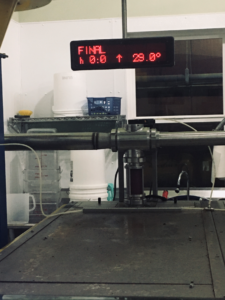WHAT IS GOOD OIL AND WHAT IS BAD OIL
GOOD OIL CURES ALL and BAD OIL MAKES YOU SICK – Italian Proverb
What is good oil? Good oil is fresh, new, well stored, bottled in dark bottles, and is extra virgin certified in California; passing both chemistry and taste panel certification.
What is bad oil? An oil that does not pass the certification standards of California. An oil that is rancid or made from bad olives. A bad oil has additives or is adulterated or has herbs that are years old but still says extra virgin on the label.
The more balanced and pungent the better the oil. Varieties of olives matter but the principles are the same, a balance of aroma, fruit, bitterness, and pungency. Good oil is good for your heart and your soul.
Each grower has their own thoughts of how to grow olives. Each miller has their own ideas of how to make olive oil depending on their milling equipment and their experience.
We encourage all of our clients and guests to learn the process of how we make our oils. We like to explain the reasons we do what we do with each batch of olives. Each mill is different and unique; each variety of olive poses questions and issues of how to mill correctly. There are many important decisions, more malaxation, less malaxation, time and temperature. An important reality is that beautiful olives make beautiful oil. The fruit is a key factor. Bring us good olives and we can make good oil.
We are looking back at this last milling season and analyzing our milling data for each customer. Time-temperature, variety, quality of the olives at the time of delivery. On delivery, we photograph each batch of olives. We document temperatures at arrival time, and they undergo a visual inspection with a rating scale. This data leads us to conclusions about our techniques of milling and events that influence our milling process. Examples are the power outages, time from harvest, ambient temperatures and variety. We try to associate how these variables reflect in the oils we produce. For our clients and for our own oils for IL Fiorello. There is much to consider. This is not a simple process.
The proof is in the oils, and the celebration of an ancient food. As we taste our own oils, we are making decisions about decanting, filtering (more on this in a later blog), and bottling and submission to competitions.
With the competitions ahead, we taste all of our oils; we review the oils chemistry and the results of the master taste panel. We taste again and then try to make good decisions about what oils to send to what competitions.
However, the real reason is to present to our guests the best oil available and prove, by winning competitions, that we compete well on an international scale.
Certify your oil to prove it is extra virgin, use the oil when it is fresh, store the oil properly.
Most importantly enjoy good oil with good food and good people.
I will be writing next about best-by-dates for food and olive oil and food as medicine and medicine as food.
Stay informed. (See examples below)
Ciao,
Ann
Temperature is a critical element in making good oil
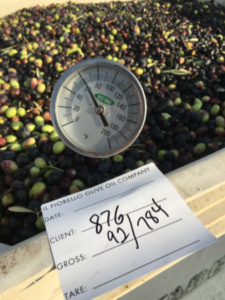
Fresh olives on deck waiting to be milled on the day of their harvest.
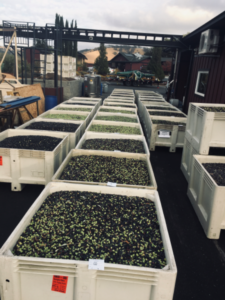
Beautiful olives make beautiful oil
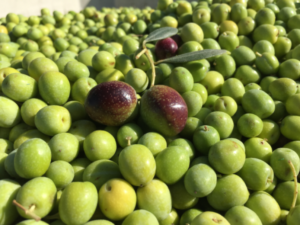
Bad olives make bad oil
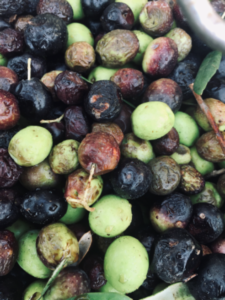
Time and temperature are important in making good olive oil
This picture is the end of our milling season.—hence Final.
Temperature is for making co-milled olive oils at season’s end.
